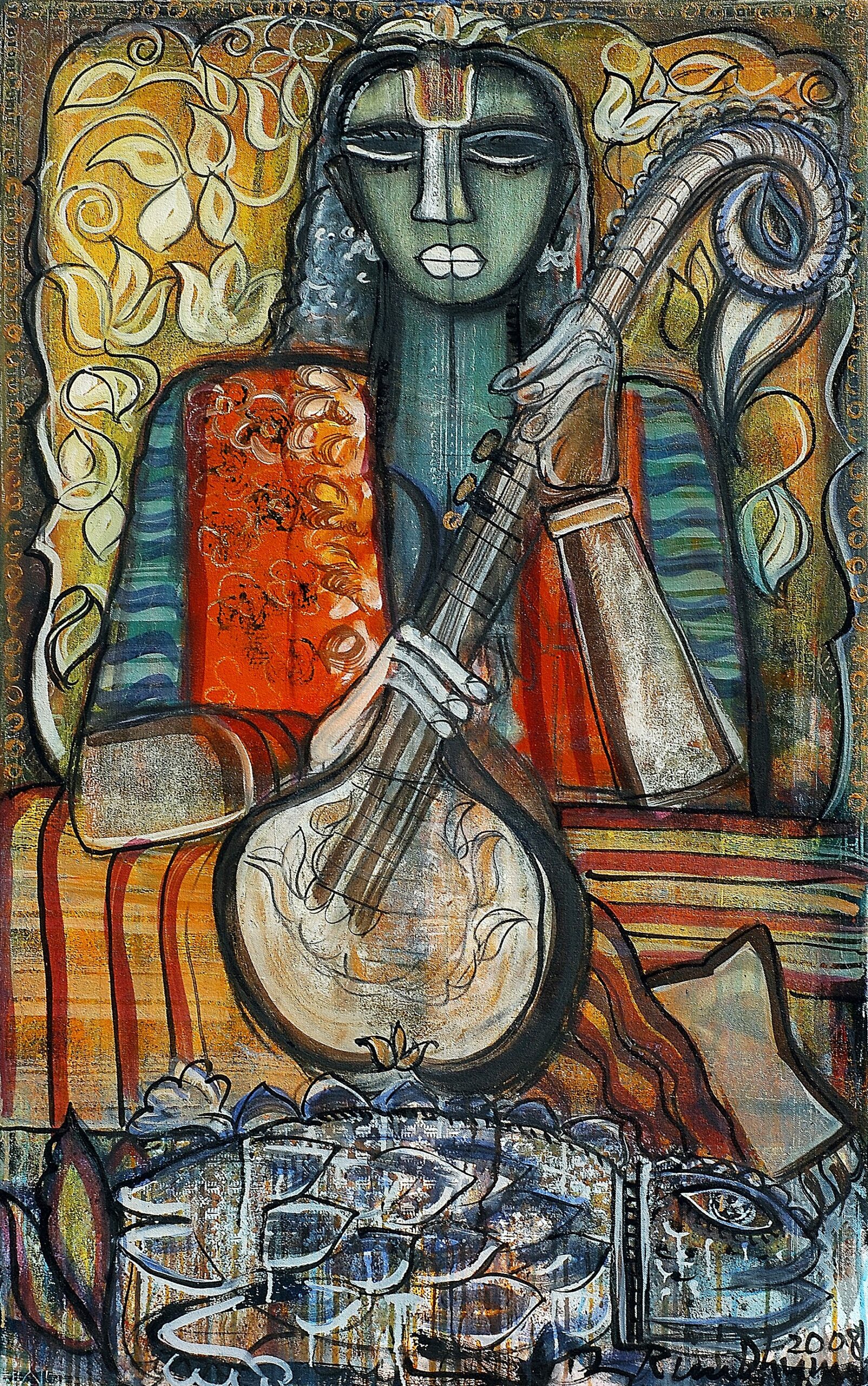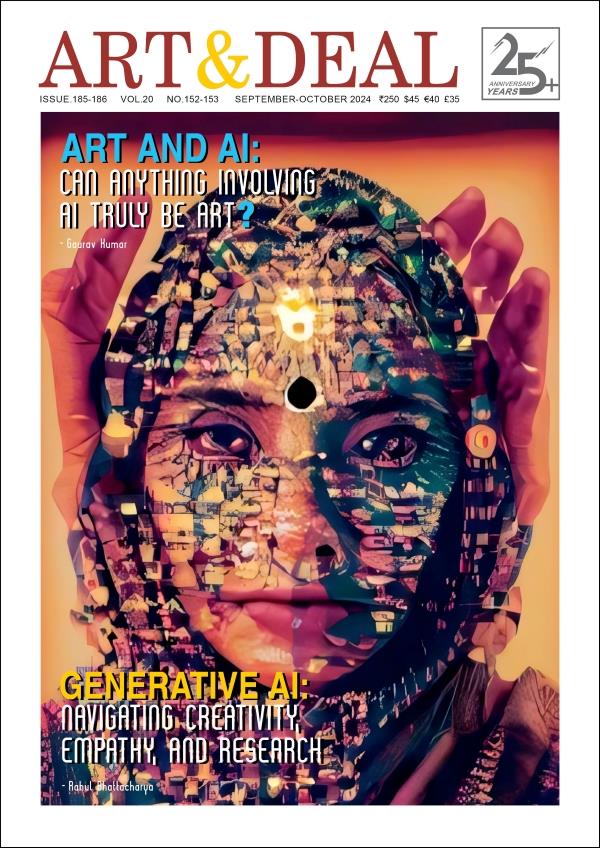Headline:
A Biennale is a Political Animal
Manoj Nair
Manoj Nair tries to capture the politics of aesthetics and business inviting a critical debate on the credibility of a ‘biennale’.
A young boy stands on the west coast near the southern tip of the Indian subcontinent looking at the setting sun and imagining if it was the rising one, unperturbed by the fact that it has to sleep through the anxiety of the eventide till the next dawn. A biennale, any biennale ,is as cyclical as that of the dusk and dawn. Except for the fact that it is not punctuated by the dark anxieties of nightfall. Instead a biennale is pregnant with expectations through the interim period of two years between two biennales. A biennale is a political animal that shows its face every two years. “Why is it that the Biennale takes place only once every two years?” This rather vacuous question is known to have been posed by many of Kerala’s curious minds when Kochi was preparing itself for its first biannual contemporary art exhibition known simply as the Kochi-Muziris Biennale. When the world is wading through difficult and extremely depressing times visual arts is the realm that has remained unfazed by the economic slowdown. It has marched on and made this question a wee bit misplaced.
However, as Giancarlo Hannud, an art historian based in São Paulo and part of the curatorial team of the 28th Bienal de São Paulo: In Living Contac expressed ‘if examined in connection with its specific social context and the mythical – perhaps even historically heroic – locus of the event is likely to occupy the minds of the city’s inhabitants and the imagination of the generations likely to be the future inhabitants – this question sets the scene for the worthwhile tracing of parallels within a wider art-historical tradition going back at least to the 17th century’. These, in turn, Hannud argues in his essay, A persisting format: Biennales and Biannuals, betray a remarkably longlived, and possibly worn out, tradition of exhibiting art: namely a gathering of recent artistic products routinely created by the same artists and seen by the same people – the art world – whether in Venice, Kassel, or São Paulo.


